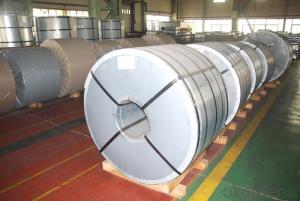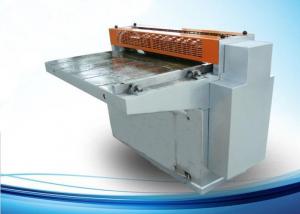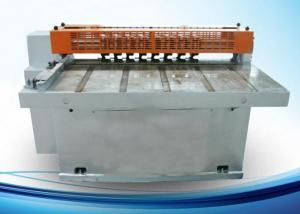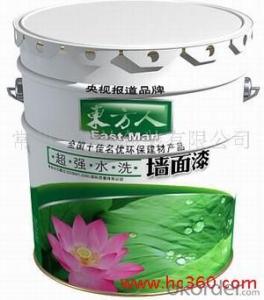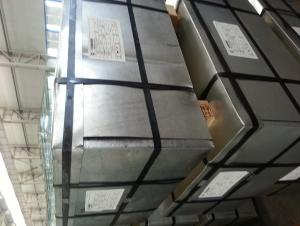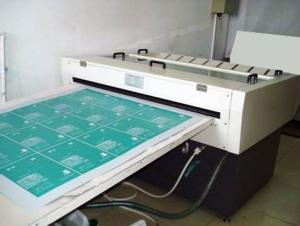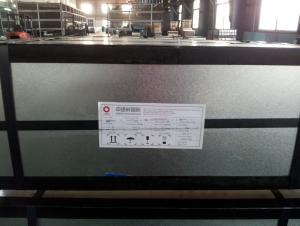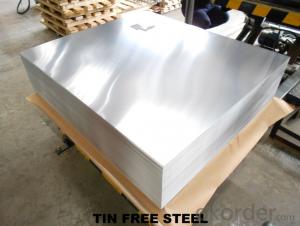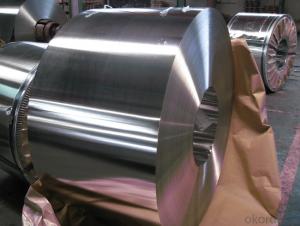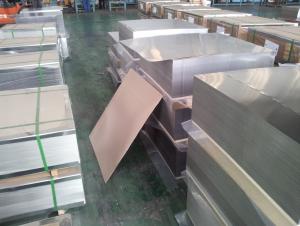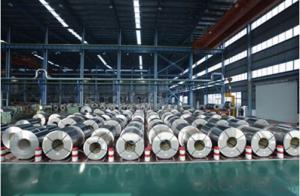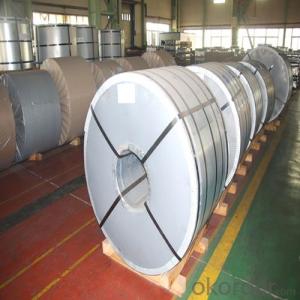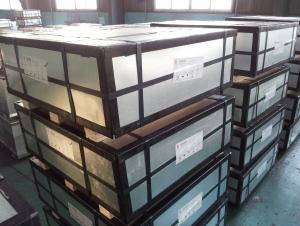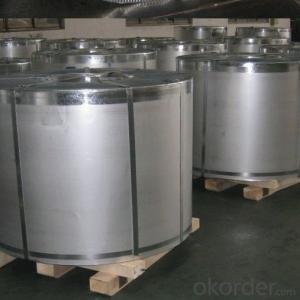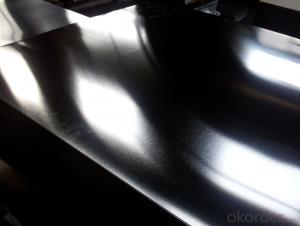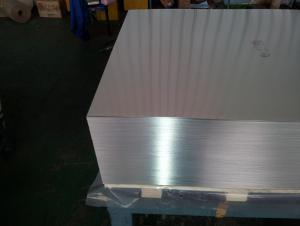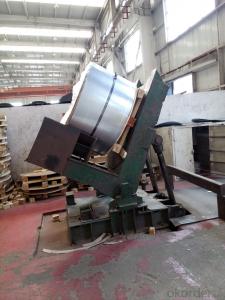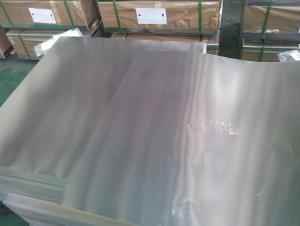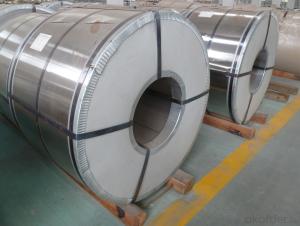Tinplate Iron
Tinplate Iron Related Searches
Tinplate Metal Tinplate Factory Tinplate Material Tinplate China Tinplate Company Tinplate Production Tinplate Studios Tinplate Uk Tinplate Coating Printed Tinplate Tinplate Printing Machine Tinplate Submarine Tinplate Fire Engine Tinplate Box Tinplate Products Italy Tinplate Turkey Tinplate Tinplate Printing Tata Tinplate Tinplate Market Tinplate Share Marx Tinplate Tinplate Packaging Tinplate Pizza Tinplate Goldfish Tinplate Can Tinplate Service Center Nse Tinplate Buy Tinplate Printing TinplateTinplate Iron Supplier & Manufacturer from China
Tinplate Iron, a versatile material made by coating both sides of a thin sheet of steel with a layer of tin, is widely used in various industries due to its durability and corrosion resistance. This material is particularly popular in the manufacturing of food cans, beverage cans, and other packaging materials, as well as in construction, automotive, and electrical applications. The protective tin layer ensures that the underlying steel is safeguarded from rust and other forms of degradation, making it an ideal choice for products that require a long lifespan and resistance to harsh conditions.In various usage scenarios, Tinplate Iron stands out for its ability to maintain structural integrity while providing a smooth, aesthetically pleasing surface. Its applications range from everyday household items to industrial equipment, showcasing its adaptability and practicality. The material's resistance to corrosion and its recyclability make it an environmentally friendly option, further enhancing its appeal in a world that is increasingly focused on sustainability.
Okorder.com, a reputable wholesale supplier, offers a vast inventory of Tinplate Iron products, catering to the diverse needs of businesses and industries. With a commitment to quality and customer satisfaction, Okorder.com ensures that their Tinplate Iron products meet the highest standards, making them a reliable choice for those seeking a dependable supplier.
Hot Products
